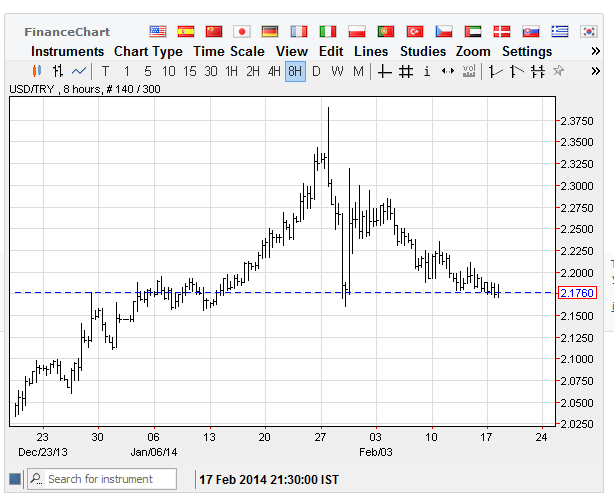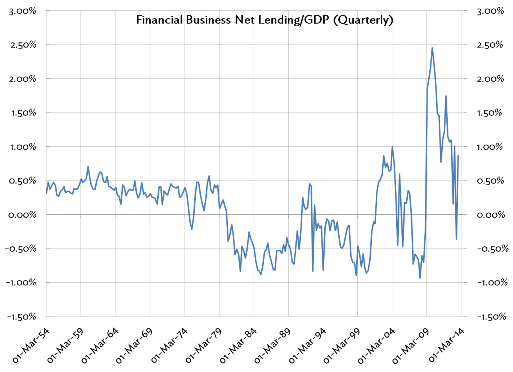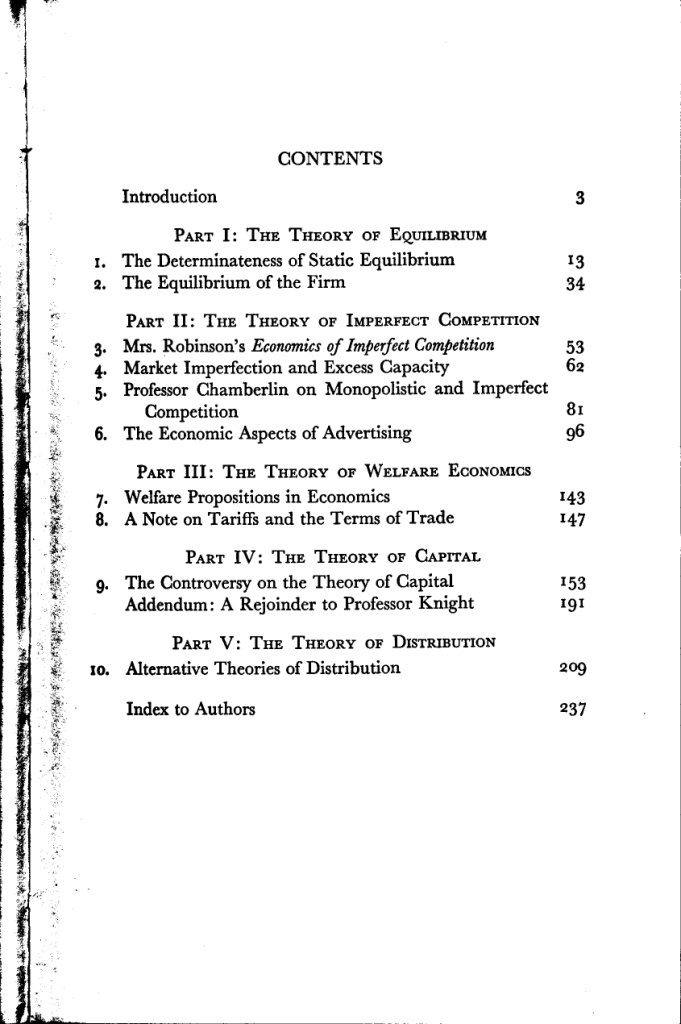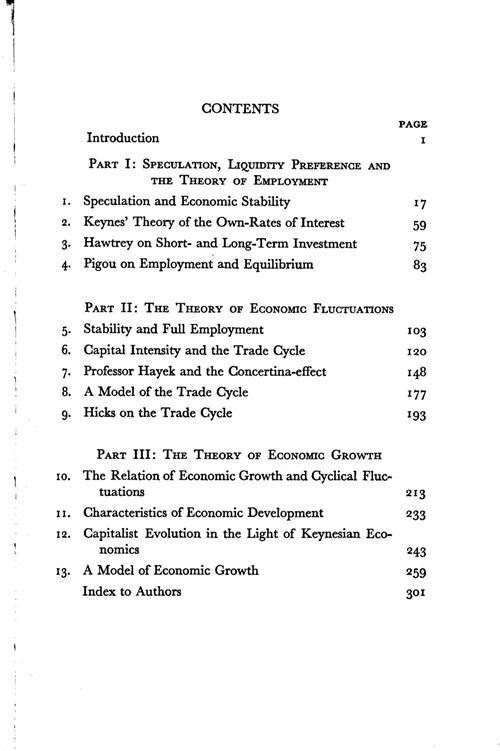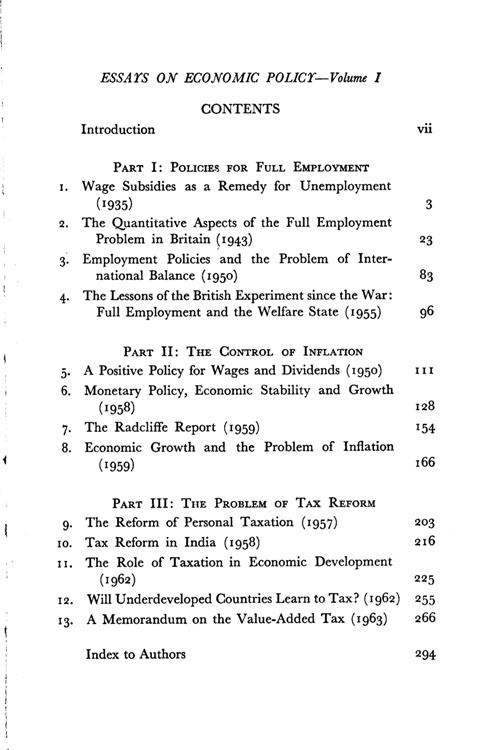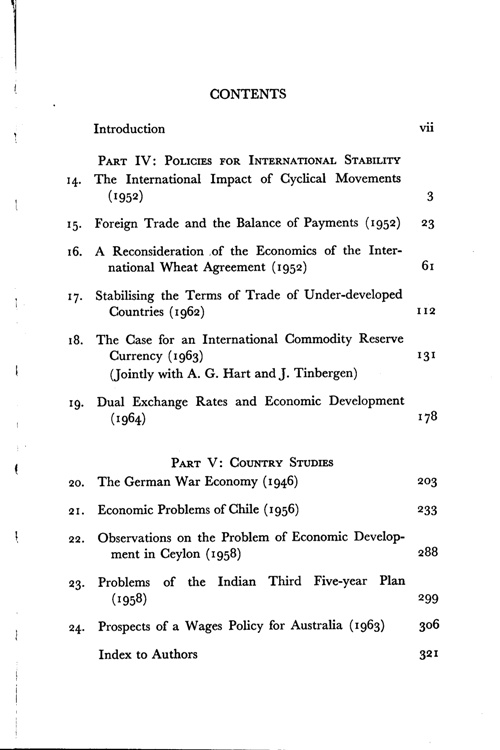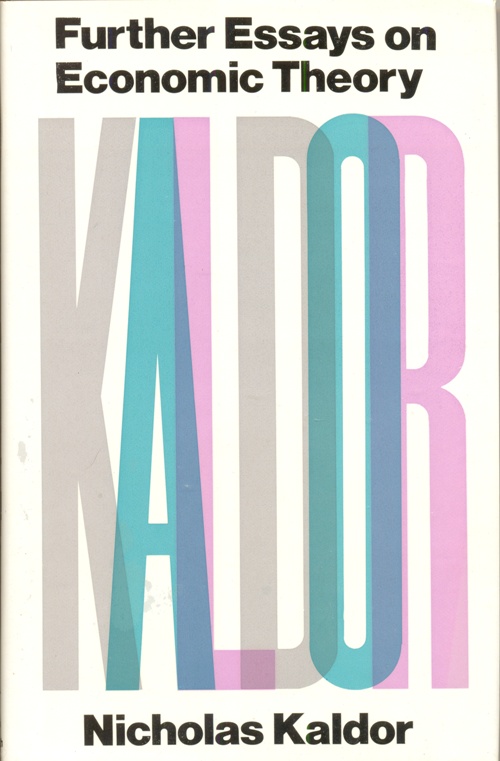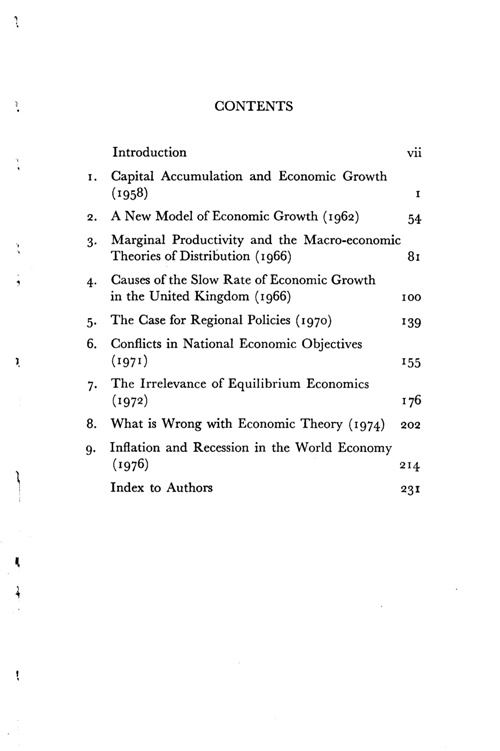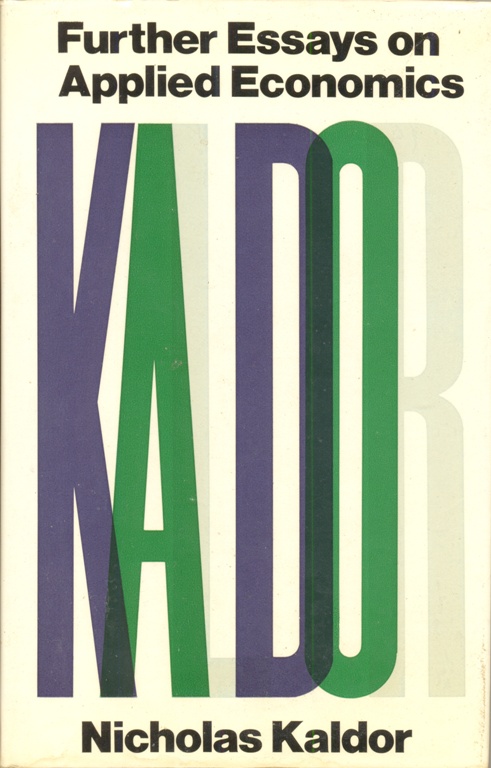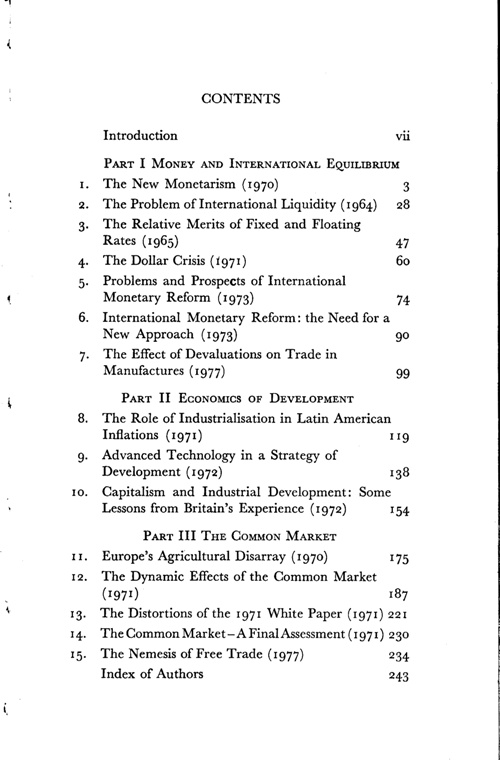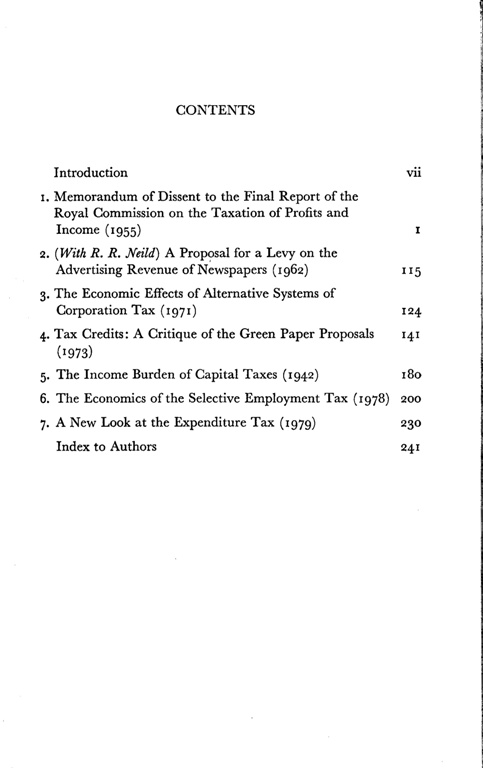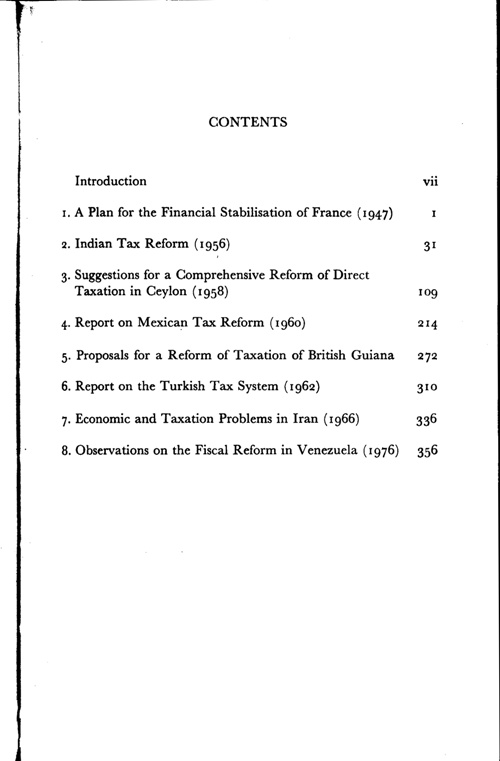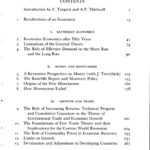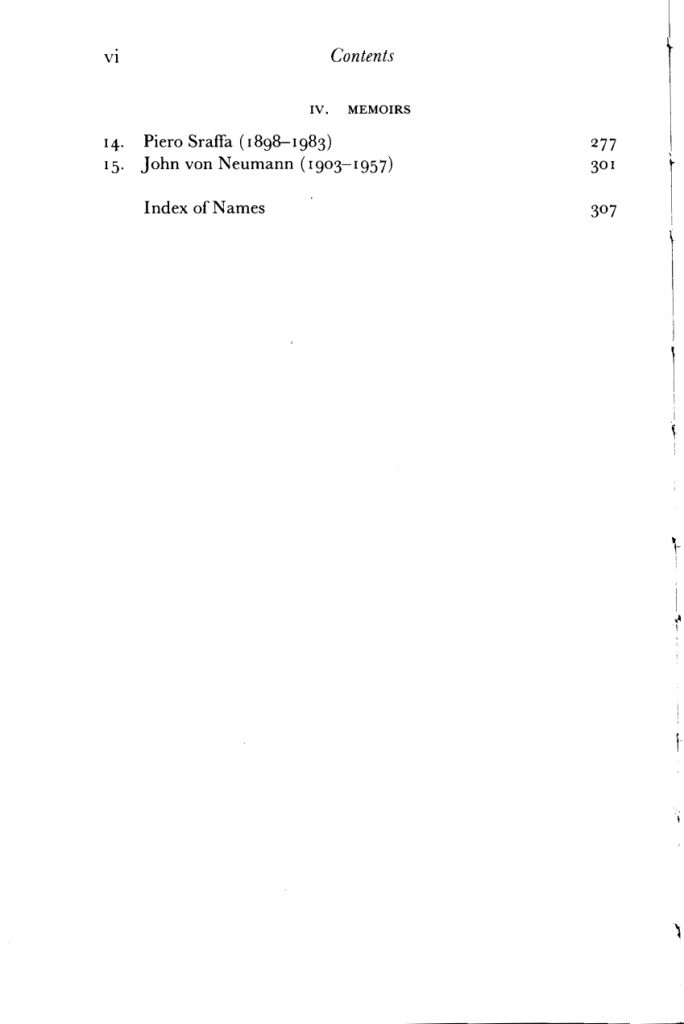In the previous post, I commented on Neochartalists’ questionable intuitions on the external sector of an economy – let me add more. There is a silly notion in there that somehow public debt held by foreigners (but in domestic currency) is not debt in ordinary sense at all and things such as that. I will try to show that this is highly misleading. So supposedly since (if) the government can make drafts at its central bank, it doesn’t owe anything in the ordinary sense. This is the worst economic intuition.
First, the Neochartalists start on the wrong foot by using phrases such as “non-convertible currencies” when starting discussions. This is dubious. All currencies are convertible. First official convertibility still exists and second market convertibility is the more important one. The official and legal language use the phrase convertible and convertibility and one frequently sees discussions of FCAC – achieving full capital account convertibility. So it is distortion of language to say some currencies are non-convertible and so on.
I will try to outline how this intuition arises. First, a closed economy doesn’t have a national debt. People mix the phrases public debt and national debt but as if that is not enough, they mix up the concepts as well. So let us be clear:
public debt = debt of the public sector, and,
national debt = net indebtedness of all resident sectors to non-residents (including equity securities held by foreigners).
And a closed economy has no national debt.
So the “national debt” is the negative of the net international investment position. Of course, the phrase “external debt” is used sometimes to count only debt which is not equity securities but this notion is slightly misleading. Also because financial assets are identically equal to liabilities, some nations are creditors and others debtors.
Of course, the world as a whole can be thought of as a closed economy but the difference is that is different from a textbook closed economy which has a single currency and a single central government.
So a closed economy doesn’t have a national debt to begin with because there are no foreigners to begin with. The public debt is a mirror of the private sector stock of financial assets (net). So the government can expand fiscal policy to increase demand and output and is only constrained by the nation’s capacity to produce and inflationary pressures. Any challenge to the public sector by the financial markets can be taken care of because the government will have the ability to make drafts at the central bank. It is true that a portion of the income generated by output goes to bond-holders, but it can easily be shown that this doesn’t rise in an unbounded way.
So far nothing “MMT” – a standard notion known from ages to Keynesians such as Nicholas Kaldor to James Tobin.
But the Neochartalists (“MMTers”) extrapolate this notion to mean any official debt held by non-residents is not an issue – in select cases by bringing in the phrase “sovereign currency”. Monetary sovereignty is a concept existent before Neochartalists started writing but this phrase “sovereign currency” is slightly dubious. Mainstream economists on the other hand have confused the issue of talking of the public debt as if it is the national debt.
So suppose we start with a scenario in which the public debt is 100% of GDP, the private sector’s net stock of financial assets is 40% and the net indebtedness of all sectors to foreigners is 60% of GDP. One can think of more general situations but let us suppose for simplicity that the 60% held by foreigners is the debt of the central government in domestic currency. What would have led to this configuration of stocks? Current account deficits mainly. A current account deficit means a fall in assets held abroad or a rise in gross indebtedness to foreigners or a mix of the two – meaning a rise in net indebtedness to foreigners. Of course, this is not the only way – revaluations of assets and liabilities, both due to the movement of exchange rates and a change in the price of assets and liabilities can affect the international investment position, but a lot of it typically is due to current account balances.
So is this 60% not debt at all in the ordinary sense of the word? Well as long as foreigners have the ability to redenominate the debt, there is an issue. This process by which debt in domestic currency is converted to debt in foreign currency is called liability dollarization. Of course this involves the intervention of the central bank in foreign exchange markets but the alternative to let the currency find its course when there are destabilizing forces acting is silly.
How can this happen? One simplified example. Suppose the value of the domestic currency is given by FC 1 = DC 1,000. Around this point, foreigners sell public debt in domestic currency in large quantities, but let us say they sell DC 1tn worth of public debt in domestic currency to resident banks and exchange the currency for foreign currency with banks acting as dealers in the foreign exchange market. Assuming banks are at overdraft at their foreign correspondent, at this point, banks’ assets and liabilities have increased by DC 1tn and for foreigners, the composition of claims on residents has changed. Now suppose the central bank intervenes at this point and makes an exceptional financing transaction by borrowing FC 1bn of foreign currency from non-residents and selling it to resident banks and makes a compensating transaction (usually called ‘sterlization’ – a misnomer) with banks by buying the government bonds from them. The banks then use the foreign currency to close their open position. The result of these series of transactions is that the composition of the debt to foreigners has changed from domestic currency to foreign currency, with the public sector now left with debt in foreign currency equivalent of FC 1bn. So the debt in domestic currency has dollarized and surely the ones with the dubious intuition that debt in domestic currency “is not really debt” will agree that now the government appears indebted.
(Alternatively one can think of the central bank losing foreign reserves from its existing stock and later making exceptional financing transactions to borrow in foreign currency to replete the lost reserves).
So in the above, a debt of DC 1tn of the government (in domestic currency) was dollarized to FC 1bn (in foreign currency) during a process in which the the foreign exchange markets forced the hands of central bank to intervene. Under what conditions do these happen? According to an IMF paper Official Foreign Exchange Intervention:
Disorderly market conditions are characterized by illiquidity in the foreign exchange market, wide bid-offer spreads relative to tranquil periods, and sudden changes in foreign exchange market turnover and order flow.
Of course there are other characteristics such as widening of long-term bond yields, widening of interbank rates, increases in forward premia in the foreign exchange markets and so on.
So much for the intuition that debt in domestic currency to foreigners is something special. It is but in a different sense: as long as foreigners continue to hold debt in domestic currency, international investment position is protected from revaluation losses for the nation. That is completely different from the vacuous punchline found in Neochartalists’ blogs that the “government debits securities account and credits reserves account”, to mean indebtedness to foreigners is not an issue. As long as the risk of liability dollarization exists, the naive intuition mentioned earlier fails. A lot of things written float on the wings of the almighty dollar, because although the United States is a net debtor of the rest of the world, there are several complications in the analysis of its balance of payments – complications which allow an economist to interpret things any which way he prefers.
The problems of the world are not easy to solve because of imbalances. One needs efforts to reverse these imbalances with an expansionary bias rather than a deflationary bias as is the case now. And it is quite different from the Neochartalists’ Panglossian notion of simply deficit spending and ignoring the income-induced effect on imports of the rise in domestic output. But for them, continuous current account deficits are not imbalances: Imbalances? What Imbalances? as the title of a paper says, sugarcoating it as a “dissenting view”.
